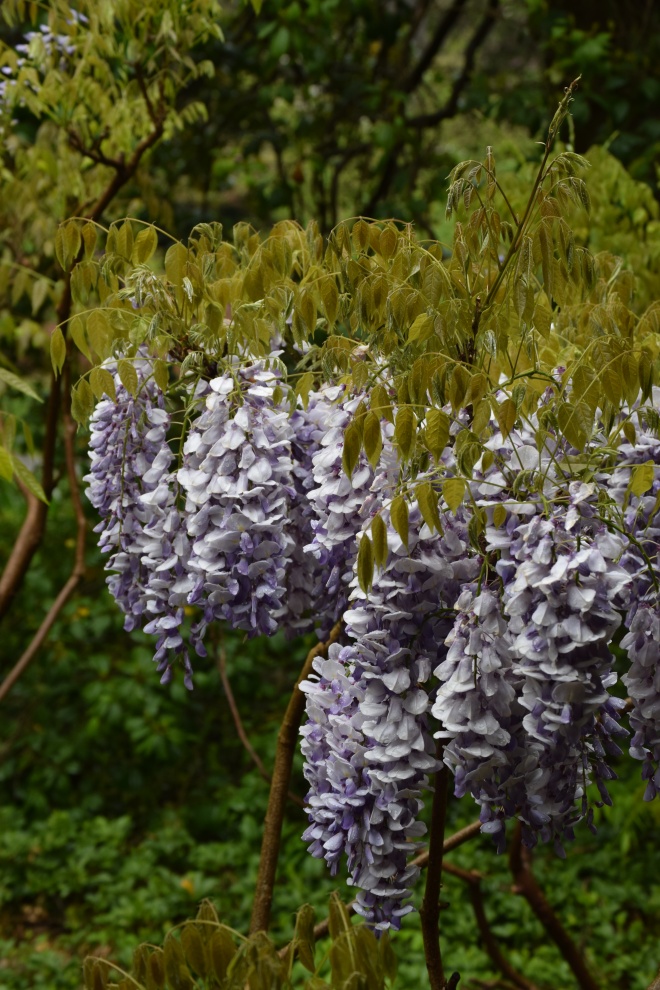Wisteria is a large vine plant species which captures the imagination of many people. It is known for its attractive pendulous flowers that bloom in late spring to early summer depending on the location and environmental factors. Its leafy foliage is also very attractive throughout the growing season. The plant typically develops one main trunk with multiple side branches.It differs from other climbers as it does not have the ability to cling to surfaces. Instead it would typically ramble along the ground without any support. Once established Wisteria has deep penetrating roots and can become a heavy structure. This highlights the importance of using proper supports to make sure the plant is securely anchored. The beautiful white or purple blooms hang in large clusters and are sweetly fragrant. They can be successfully trained into trees, up walls, pergolas, as standards and many other structures. If buying a new Wisteria always make sure it has been grown as a graft or cutting. Seed raised Wisteria are typically less reliable and take longer to flower. Yearly pruning consists of shortening new growth firstly in August then again in February. Pruning helps flowering display by helping bud formation.
Check out the RHS guide to pruning of Wisteria


